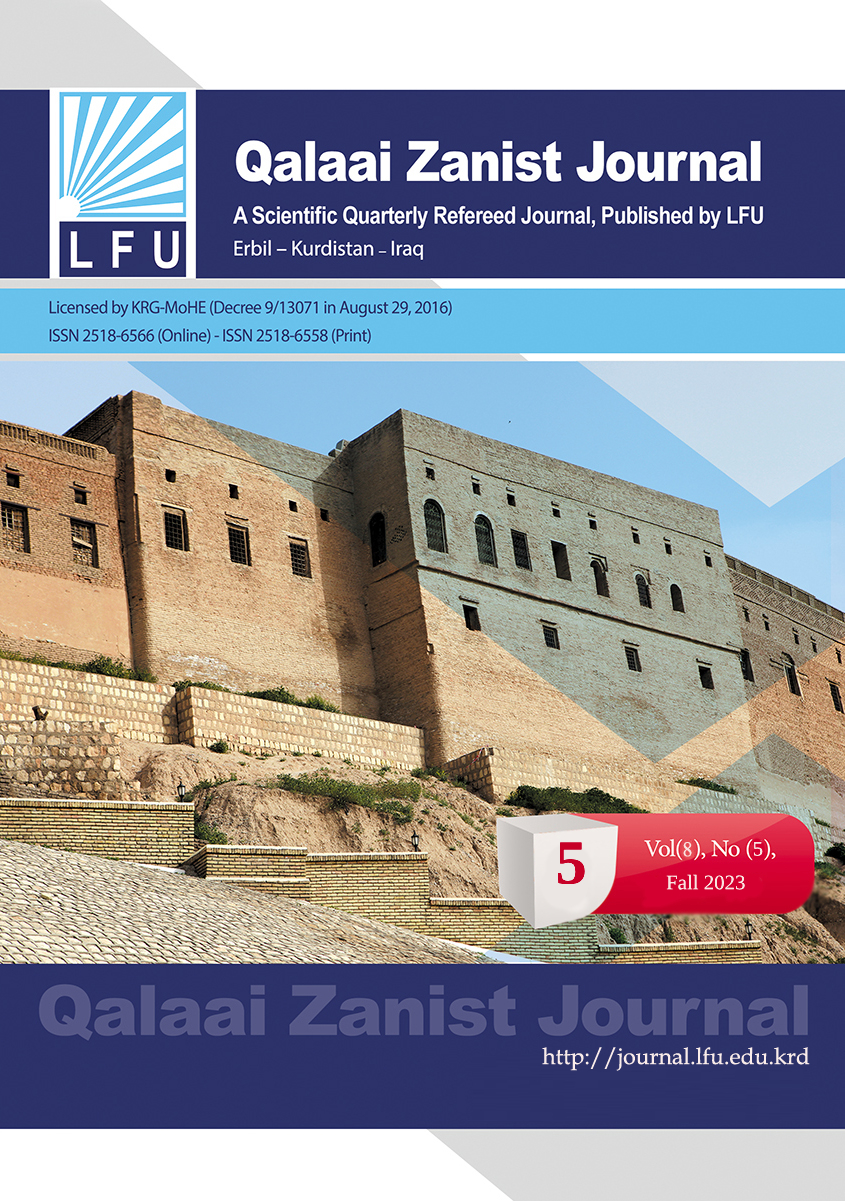Design and Investigation of 10 MW On-Grid PV System Under Duhok Climate Conditions
##plugins.themes.bootstrap3.article.main##
الملخص
Solar energy is one of the most important and versatile renewable energy sources available. The importance of photovoltaic systems has increased in recent years in the majority of the world, as it is a clean, reliable, and sustainable energy source. This paper presents the designing of 10MW On-grid solar plant under Duhok weather conditions (annual solar radiation & temperature). The design of the plant consists of ten units of 1MW each, (connected in parallel) to a 33 KV, 50 Hz distribution feeder through a 2MVA step-up transformer each unit. The study contains investigation of finding the optimal solar panel tilt angle, estimation of solar irradiance in Duhok city as case study, and evaluation of an important system parameters (all types of losses, system performance, energy yield, system efficiency and environmental effect), with aid of Matlab program. It was concluded from the results obtained from the programs, that Duhok city has a good location to establish a large-scales of solar photovoltaic plants.
التنزيلات
##plugins.themes.bootstrap3.article.details##
كيفية الاقتباس

هذا العمل مرخص بموجب Creative Commons Attribution-NonCommercial-ShareAlike 4.0 International License.
Qalaai Zanist Journal allows the author to retain the copyright in their articles. Articles are instead made available under a Creative Commons license to allow others to freely access, copy and use research provided the author is correctly attributed.
Creative Commons is a licensing scheme that allows authors to license their work so that others may re-use it without having to contact them for permission





